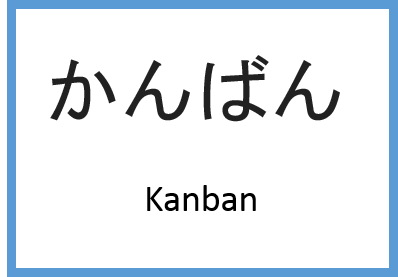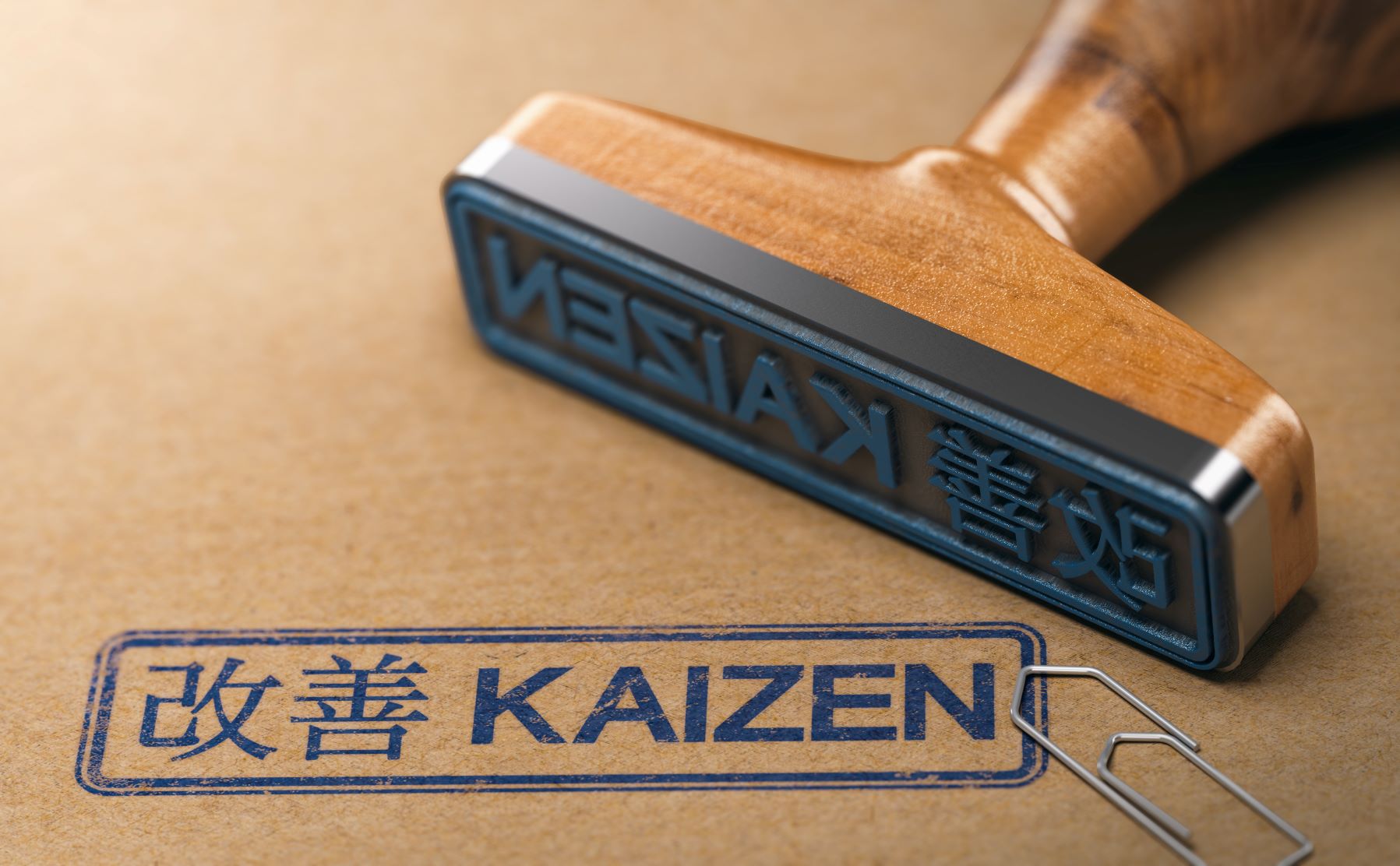Jeff Roussel
Recent Posts
How UMass Memorial Health Built a Culture of Continuous Improvement
October 3, 2025This blog summarizes key insights from a comprehensive whitepaper detailing UMass Memorial Health's remarkable transformation journey.
...
What Is Lean Six Sigma and Why Do Companies Use It for Process Improvement?
September 24, 2025Lean Six Sigma is a proven methodology that combines waste elimination (Lean) with defect reduction (Six Sigma) to optimize business...
What Are the Most Effective Lean Six Sigma Tools for Process Improvement?
August 27, 2025Lean Six Sigma combines waste reduction (Lean) with quality improvement (Six Sigma) methodologies to create a comprehensive framework for...
What Makes Employees Actually Participate in Continuous Improvement Programs?
August 20, 2025Ever wonder why some Lean initiatives take off while others fizzle out? It often comes down to one critical factor: employee participation....
What is Kanban and How Can It Transform Your Organization?
August 18, 2025There are dozens of tools and techniques used by organizations to support their continuous improvement efforts. The most successful...
6 Steps to Continuous Improvement in Automotive Manufacturing
July 9, 2025Manufacturers in the automotive sector face significant pressures today, from rising material costs and supply chain disruptions to the...
What Your C-Suite Wants From Your Improvement Program (But Hasn’t Said)
July 10, 2025If you’re a CI leader, you’ve likely experienced the paradox: you’re driving improvements across the organization, but your executive team...
What is Lean Process Management and How is it Applied?
May 15, 2025Lean process management is a method for building a company culture that supports continuous improvement. It involves a long-term approach...
The 5 M’s of Kaizen Every Leader Should Know
April 3, 2025We often describe Kaizen as a way of looking at the world rather than a prescription for how to achieve positive change. Kaizen thinkers...












